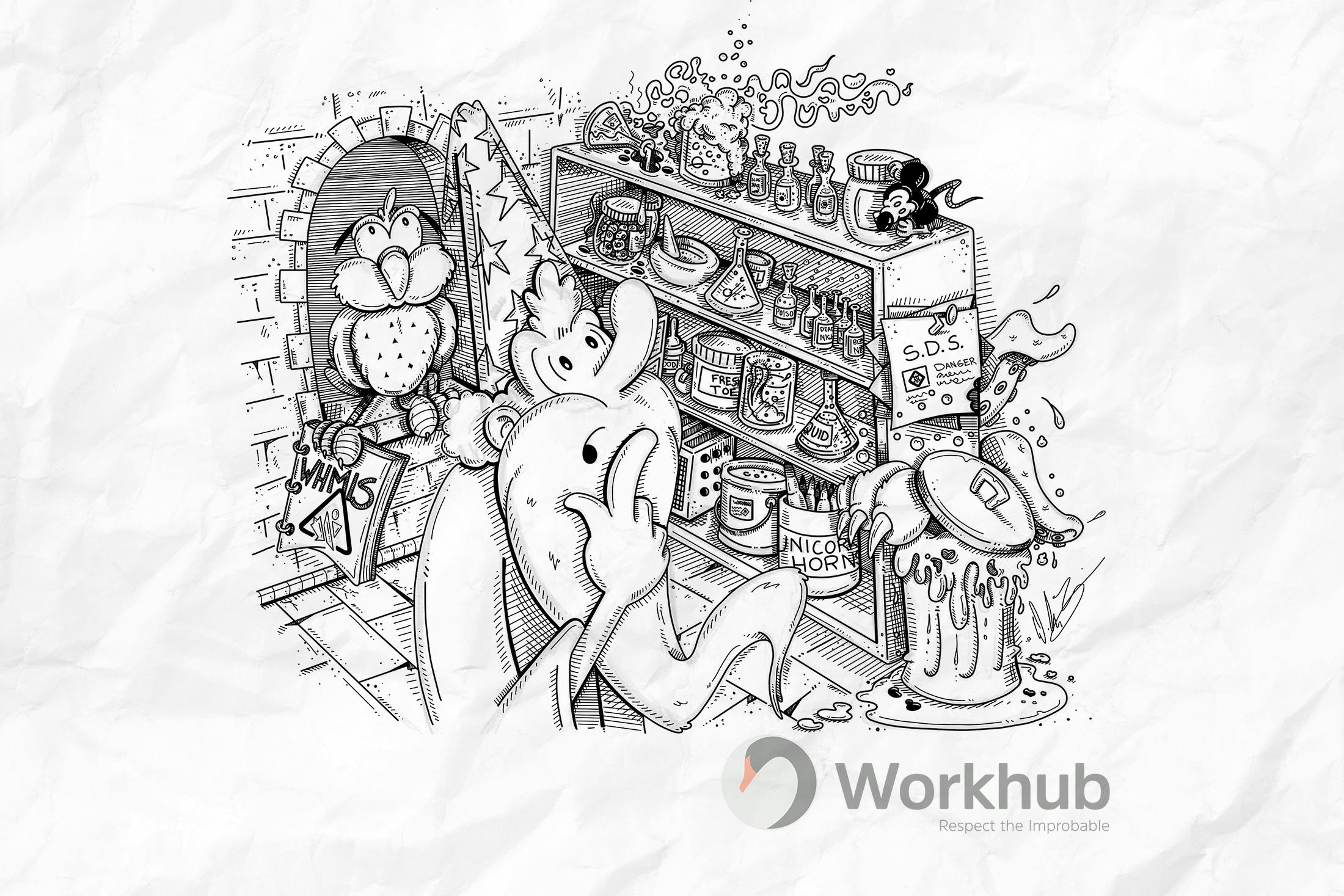
The modern workplace has a lot of dangerous products. Almost impossible for regular workers or HSE managers to keep track of all of them. Workers and managers need to know which materials are safe to handle. This applies to those working in an office, kitchen, or O&G production site.
Creating rules for handling dangerous materials is difficult for any company. Luckily, WHMIS, or the Workplace Hazardous Materials Information System, has centralized these standards within a single location.
WHMIS is a standard administered and managed by Health Canada and kept in compliance with global GHS standards. WHMIS gives workers training, labeling, classification, and documentation requirements through Safety Data Sheets.
WHMIS captures important information for Workers to know about workplace hazards and participate in the process. WHMIS gives information about workplace hazards and helps workers control them.
Three Key Elements of WHMIS:
Labels: WHMIS employs standardized labels that succinctly convey safety-critical information for hazardous materials. The Labels uniformly present safety-critical information for hazardous materials in a clear and concise manner. Labels provide information about the product and supplier, hazards, precautions, PPE requirements, and first-aid treatments.
Safety Data Sheets:
SDS are documents with info about dangerous products and safety advice. The manufacturer or supplier of a dangerous product makes Safety Data Sheets and follows global GHS rules. Any person selling, distributing, or bringing a dangerous product into Canada must have a Safety Data Sheet.
In the past, we kept SDS sheets in a difficult-to-handle binder. Now, there are better options that let HSE Administrators and Workers easily access these documents whenever they need them.
Education & Training:
Thankfully, achieving WHMIS Certification is a straightforward process. To fulfill the educational requirement, you have the option to take a WHMIS 2015 Safety Awareness Course. Different providers offer this course, and individuals can complete it either online or using pen and paper. This course will cover the following:
· Supplier and Workplace labels
· Safety Data Sheets
· Safe Handling & Disposal of Hazardous Products
· Emergency Procedures & Exposure to Hazardous Products
WHMIS education should include site-specific and job-specific training. This training will include the relevant policies and procedures for the specific work being done. Certain areas, like Ontario, need regular WHMIS refresher training, usually once a year or every two years.
Maintaining Compliance with WHMIS – Road to 2025:
In 2015, they changed WHMIS to match GHS training requirements and provide workers with consistent information during WHMIS training. In 2022, the government made changes to the Hazardous Product Act.
The Hazardous Product Act was modified in 2022. The modifications included the addition of a new class for chemicals under pressure. It also introduced a category for non-flammable aerosols. Additionally, we created more subcategories for flammable gases.
The transition to the new WHMIS 2022 standard will take three years and end on December 14th, 2025. After that, it will be called WHMIS. Suppliers must update SDS sheets, Labels, and other WHMIS regulated items to meet the new standard by this date.
Further information related to WHMIS 2015 and the revisions to the GHS system can be found at the Canadian Centre for Occupational Health and Safety website. Stay tuned for changes to the WHMIS Training Course offered by Workhub!
Workhub provides a complete health and safety compliance software that allows easy management of training, procedures, policies, inspections, and more, centralized in one easy-to-use hub.
Still have questions?
Let our knowledgeable sales team give you a full product tour and answer any specific questions you may have.
Workhub Internal